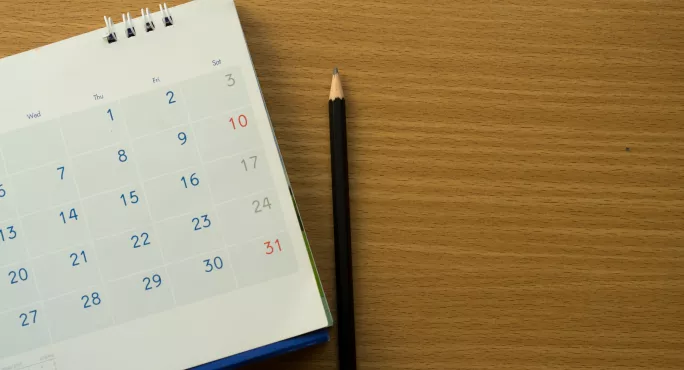How to make block scheduling work for your students
Share
How to make block scheduling work for your students
As schools prepare to reopen, block scheduling is about to take centre stage. The process involves combining lessons together to form a single block, moving from, for example, two one-hour lessons to one two-hour lesson.
It seems many schools will be moving from classes of 60 minutes to 90, 120, and in some cases, 180 minutes. For most post-16 groups, these double lessons will have been the norm, but now they are set to become a fixture of key stage 3 and 4 schedules.
And so a new approach to planning will be vital, to help support students and staff alike.
The first question most of us will ask ourselves is what a two-hour lesson actually looks like. One model I have seen discussed is using the first half to deliver new content and the second half to revisit prior content.
I firmly believe in the importance of revisiting prior content each lesson, but it seems that this model would actually result in reduced content being covered and the second half of the lesson being undervalued and less productive. Every minute with students is valuable and teachers should plan to use them accordingly.
Instead, the key to planning for longer, learning-rich lessons seems to be variety. Students will need different types of tasks, including model solutions of new content, opportunities to practise, revisiting prior learning through quizzes and more opportunities for whole-class feedback.
Avoid gimmicks, games and time-wasting activities.
Over-planning will also be essential. Historically, there may have been times when, after planning a 60-minute lesson, there ended up being a 10-minute period after students had completed all the activities.
Filling that time would be much easier than filling a 30-minute period of a double lesson. Having relevant, useful, learning-centred tasks ready to use if needed will be hugely important to ensure every minute is fully utilised.
Having an assortment of tasks will also enhance attention levels. Let’s face it: ensuring you have all students’ attention is a vital component to a successful long lesson.
When planning, aim to change activity around every 15 minutes. It is not an exact science and you will be able to judge if it is the right time to move on during your lesson. Planning for 15-minute chunks will ensure that you and your students don’t get bogged down and bored.
We have no idea what changes will happen in the future or for how long we will need to continue with these longer lessons. But it’s clear that, for now at least, teachers must adapt to this challenge - and quickly.
If we have learned one thing during lockdown, as we have transformed into online teachers, it is just how incredibly talented and adaptable teachers are.
We can conquer whatever September and beyond holds in store for us and we will not only just cope with it, we will make it a success.
Adam Goodridge is Director of Numeracy and Stretch and Challenge at Park Hall Academy in Solihull. He tweets @AdamGoodridge18.


